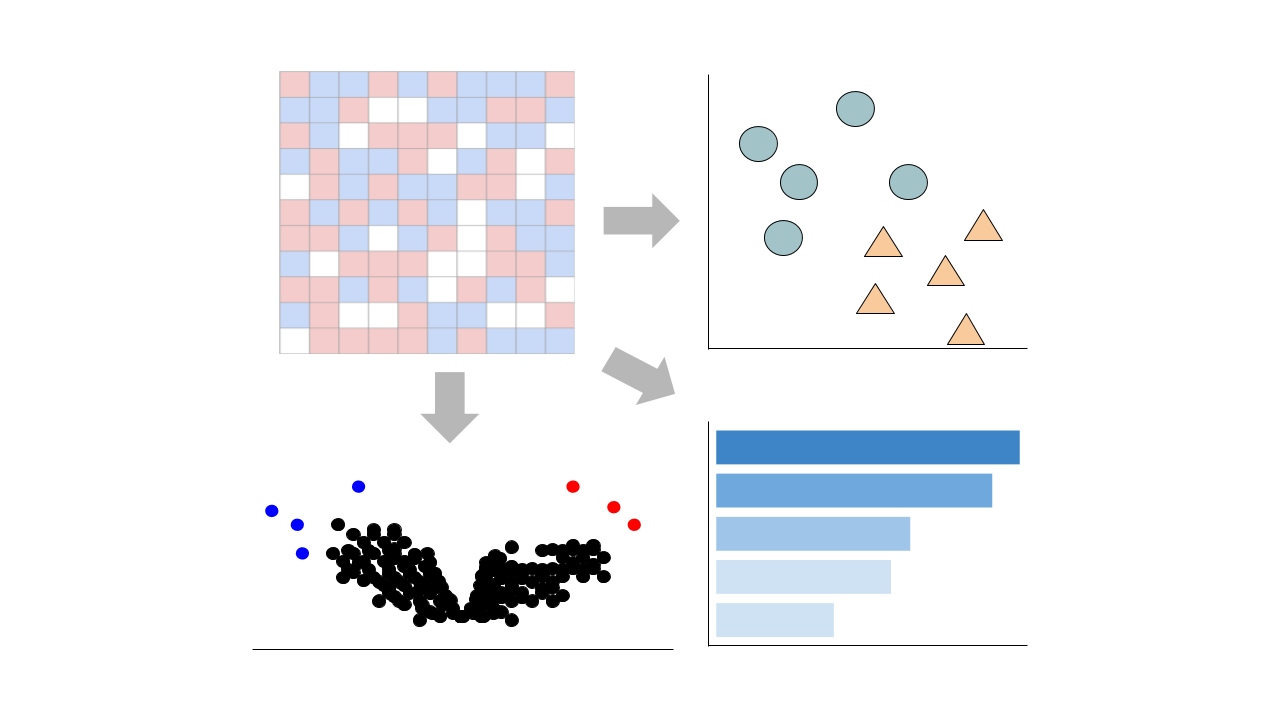Submission Date: Oct 26, 2020
Summary: Introduction: Chronic inflammation and immune dysfunction play a key role in the development of non-AIDS related comorbidities. The aim of our study was to characterize the functional phenotype of immune cells in people living with HIV (PLWHIV).
Methods: We enrolled a cross-sectional cohort study of PLWHIV on stable antiretroviral therapy (cART; n=211) and HIV uninfected controls (n=56). We performed peripheral blood mononuclear cell stimulation to assess ex vivo cytokine production and transcriptomics of monocytes and T lymphocytes upon bacterial, fungal and viral stimulation. We used a linear regression model with age, sex, BMI and seasonality as covariates to compare both cohorts. All p-values are FDR-corrected.
Results: PLWHIV exhibited an exacerbated pro-inflammatory profile in monocyte-derived cytokines, but not of lymphocyte-derived cytokines. Especially the interleukin (IL)-1β response to imiquimod (TLR7), lipopolysaccharide (LPS) and Mycobacterium tuberculosis was increased and correlated with plasma concentrations of high-sensitive C-reactive protein and soluble CD14. The increase in monocyte responsiveness remained stable over-time in subsequent blood sampling. Transcriptome analyses confirmed priming of the monocyte IL1β pathway, consistent with a monocyte trained immunity phenotype. Increased plasma concentrations of β-glucan, a well-known inducer of trained immunity, were associated with increased innate cytokine responses.
Conclusions: Monocytes of PLWHIV on stable cART exhibit a sustained pro-inflammatory immune phenotype with priming of the IL-1β pathway. Training of the innate immune system in PLWHIV is likely to play a role in the long-term HIV complications and forms an attractive therapeutic target for inflammation-related comorbidities.
GEO Accession ID: GSE160184
PMID: 33630761
Select conditions below to toggle them from the plot:
| GROUP | CONDITION | SAMPLES |
|---|---|---|
| Infection + Treatment |
GSM4862023 GSM4862024 GSM4862025 GSM4862026 GSM4862027 GSM4862028 GSM4862029 GSM4862030
|
|
|
GSM4862019 GSM4862020 GSM4862021 GSM4862022
|
Submission Date: Oct 26, 2020
Summary: Introduction: Chronic inflammation and immune dysfunction play a key role in the development of non-AIDS related comorbidities. The aim of our study was to characterize the functional phenotype of immune cells in people living with HIV (PLWHIV).
Methods: We enrolled a cross-sectional cohort study of PLWHIV on stable antiretroviral therapy (cART; n=211) and HIV uninfected controls (n=56). We performed peripheral blood mononuclear cell stimulation to assess ex vivo cytokine production and transcriptomics of monocytes and T lymphocytes upon bacterial, fungal and viral stimulation. We used a linear regression model with age, sex, BMI and seasonality as covariates to compare both cohorts. All p-values are FDR-corrected.
Results: PLWHIV exhibited an exacerbated pro-inflammatory profile in monocyte-derived cytokines, but not of lymphocyte-derived cytokines. Especially the interleukin (IL)-1β response to imiquimod (TLR7), lipopolysaccharide (LPS) and Mycobacterium tuberculosis was increased and correlated with plasma concentrations of high-sensitive C-reactive protein and soluble CD14. The increase in monocyte responsiveness remained stable over-time in subsequent blood sampling. Transcriptome analyses confirmed priming of the monocyte IL1β pathway, consistent with a monocyte trained immunity phenotype. Increased plasma concentrations of β-glucan, a well-known inducer of trained immunity, were associated with increased innate cytokine responses.
Conclusions: Monocytes of PLWHIV on stable cART exhibit a sustained pro-inflammatory immune phenotype with priming of the IL-1β pathway. Training of the innate immune system in PLWHIV is likely to play a role in the long-term HIV complications and forms an attractive therapeutic target for inflammation-related comorbidities.
GEO Accession ID: GSE160184
PMID: 33630761
Select conditions:
Control Condition
Perturbation Condition
This pipeline enables you to analyze and visualize your bulk RNA sequencing datasets with an array of downstream analysis and visualization tools. The pipeline includes: PCA analysis, Clustergrammer interactive heatmap, library size analysis, differential gene expression analysis, enrichment analysis, and L1000 small molecule search.
